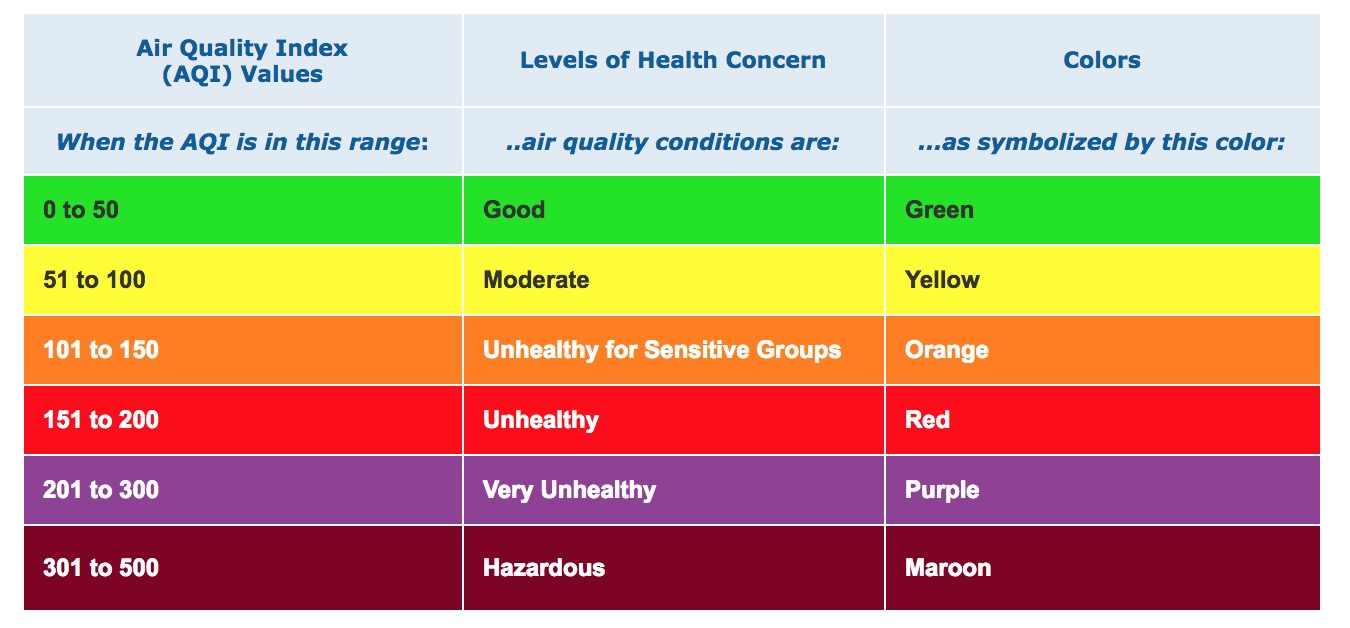Climate change is driving warmer temperatures, making ozone pollution more likely to form and harder to clean up, according to the findings of the latest “State of the Air” report from the American Lung Association. Although the three years covered in the latest report (2017-2019) were somewhat cooler than 2016 – which remains the hottest year on record – they still rank among the six hottest years on record globally, showing the strong impact of warmer temperatures on air quality.
With June having seen some of the hottest days in years in the St. Louis region and the prime of summer approaching – where warmer weather and stagnant air create conditions that make ozone more likely to form – the importance of keeping the region’s air clean is at an all-time high. Ozone is created when heat and sunlight react with nitrogen oxides and volatile organic compounds (VOCs) that are emitted from motor vehicles, industrial facilities, gasoline vapors, chemical solvents and dozens of other sources. Ozone gas is a powerful lung irritant that reacts with the delicate lining of the airways once inhaled, causing inflammation and other damage that can impact multiple body systems. When ozone levels are high, many people experience breathing problems such as chest tightness, coughing and shortness of breath, often within hours of exposure. Even healthy young adults may experience respiratory symptoms and decreased lung function.
While the “State of the Air” report largely focuses on the health harms linked to increases in ozone and particle pollution, heat itself is another significant risk factor that adds to the climate vulnerability of some of the same populations who face increased risk from air pollution. Children are especially vulnerable to extreme heat, as they spend more time playing outside and participating in vigorous activity than the average adult. Among older adults, increased heat and exposure to air pollution increases the risk of premature deaths, resulting in more emergency room visits and hospital admissions, especially for individuals who spend more time outdoors. Heat waves also pose a significant threat for increased risk of illness and death in people living with chronic lung disease.
As one of the top-ranked areas in the nation for ozone and particle pollution, the St. Louis region is no stranger to poor air quality conditions during summertime. However, there are plenty of resources available to help area residents take voluntary steps that can improve the quality of the air we breathe. The Clean Air Partnership releases color-coded, daily air quality forecasts to keep residents informed about ozone pollution levels in the region and how those levels can affect their health. Signing up to receive air quality forecasts via email at www.cleanair-stlouis.com helps to ensure residents know what the next day’s air quality is forecast to be and if they should alter their outdoor activities to minimize exposure to polluted air, particularly on orange or red “ozone action days.” Moreover, actions like walking and biking instead of using a vehicle for short trips, telecommuting, avoiding vehicle idling, carpooling and taking transit can also greatly impact the amount of ozone-forming emissions generated on any given day.
For more information and a host of additional tips to beat the summer heat to help clear the air and protect human health, visit our website, like the Clean Air Partnership on Facebook or follow @gatewaycleanair on Twitter.

